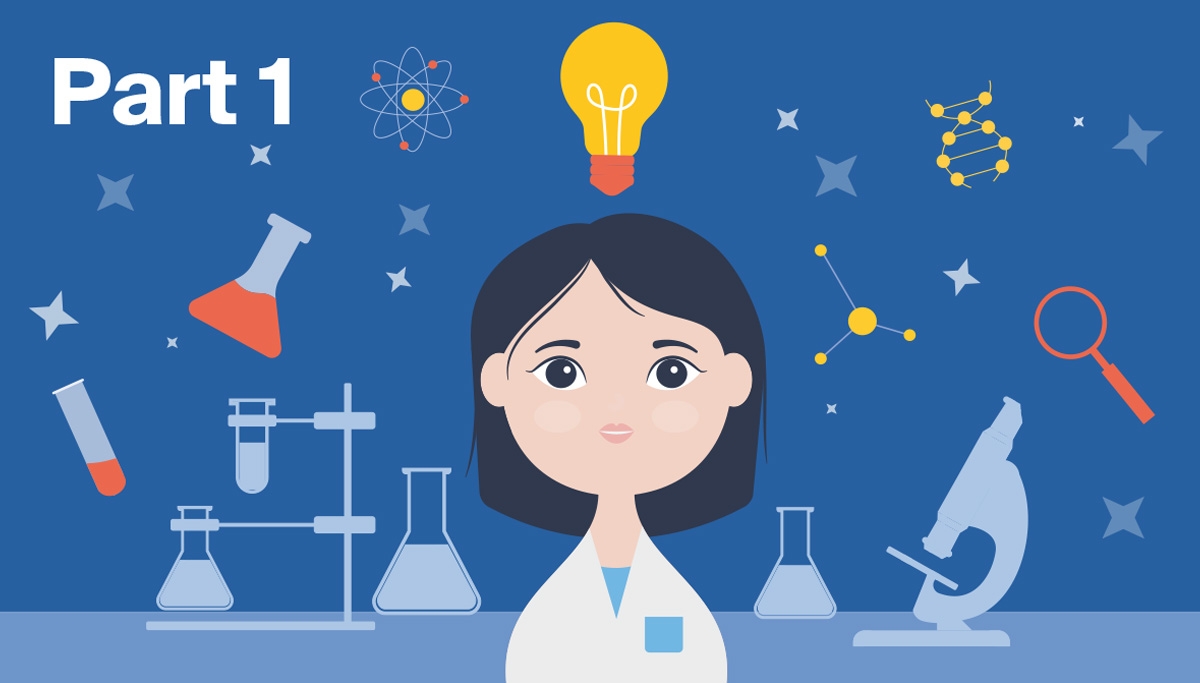After 11 years of happily pipetting my life away, I now work as a Product Manager for liquid handling devices, including micropipettes. I thought I knew a lot about these instruments, but boy was I wrong! Here, I am sharing some of my thoughts on why I wish I had spent more time understanding the capabilities of my workhorse aka pipette.
I always viewed the pipette as my ally, as an enabler of all my experiments but never stopped to consider how the pipette itself actually worked. As a disclaimer, I should mention that I am a woman who happens to live and work in a privileged environment. The labs in which I worked, never had to worry about financial means and when a pipette was breaking down or suddenly stopping to work (oups! something clogged the plunger!), we would just set it aside. And when nucleic acid contamination produced unexpected bands on a gel, the pipette was relegated to a drawer, awaiting further inspection when a moment of peace arrived (which obviously never came because in the lab there is always this one more important experiment you have to run...).
So, what are the 5 things I have learned now that I wish I knew earlier?
- There are pipettes on the market that allow adjusting the shaft height, eliminating the frustrating problem of not being able to eject a tip. This is particularly relevant if pipette tip purchases are centralized, and suddenly the necks of the new tips are too short to reach the ejector.
- Putting apart a pipette won't make it explode. And it is possible to put it back together. Quick guides and how-to videos are widely available and, very likely there is a local service that can help (just like a local bike store can change your inner tube when you thought you can do it yourself but realized you don’t have enough power to put the tyre back on).
- Pipettes can be repaired affordably, and spare parts are available for purchase separately. The cost of replacing an O-ring (a tiny piece of special rubber and the first suspect when something is off with the pipette tightness) is one hundred times lower than purchasing a new instrument.
- Recalibration is not necessary after disassembling a pipette for cleaning. However, a good practice could be to establish rules in the lab about regular inventory inspection (for example once a year). Remember: if you’ve replaced key parts like the plunger or barrel, recalibration is a must!
- Often, it is possible to autoclave the entire pipette. This can help resolve some issues with unexpected results originating from a contaminated pipette, but also may be useful if you want to prepare the instruments for sterile work.
Hope is also present when I see manufacturers taking those issues more seriously, doing their best to develop solutions that will limit plastic waste, encourage repair over replacement, and bring around more eco-friendly plastics that will disintegrate in X and not Y years. Although I find it hard to picture a plastic-free research lab—particularly with single-use plastics—I am eager to see what the future holds.
All this to say that taking care of lab equipment is important. Even though it does require a bit of time, I believe it is a valid consideration every research lab should make. Ensuring that the small and big equipment in the lab is functional and keeping track of necessary check-ups and calibrations certainly is a small price to pay in comparison to the cost of new equipment. And could be a task for a lab manager, since the position is getting more and more popular in research laboratories nowadays (yay!).
 By Anna Anchimiuk, PhD
By Anna Anchimiuk, PhD
Product Manager for small liquid handling devices and a scientist at heart. With profound background in microbiology, biochemistry, and molecular biology, Anna leverages her global lab experience to help users fully understand and utilize their laboratory instruments for optimal results.


